In each view controller you can use self.navigationItem to make those changes individually.
For example, say you have a view controller names "VC1" and you want to have an add button in the navigation bar. In VC1, override viewDidLoad and do the following:
override func viewDidLoad() {
self.navigationItem.rightBarButtonItem = UIBarButtonItem(barButtonSystemItem: .Add, target: self, action: "addFunc")
}
UPDATE:
So, looking at your tutorial I realized that you're not pushing the child view controllers to the navigation controller, you're just adding them as child. There is a difference. Every navigation controller has a set of view controllers (you can access this: navController.viewControllers)
You can add child view controllers but it would not be any different from other controllers, if you want to actually use a navigation controller, you need to push them to the navigation controller. Otherwise, you can't access navigationItem or similar features like that.
Instead of adding the view controllers to the scroll view, use this:
self.pushViewController(childViewController1, animated: true)
If you absolutely want to have it in the scroll view AND have different navigation bar buttons for every view controller, you'd have to implement this mechanism yourself. For example, check out this:
https://github.com/peymanmortazavi/UISwipeViewController
It's not polished, you'd have to implement the layout constraints properly but it demonstrates what I mean.
